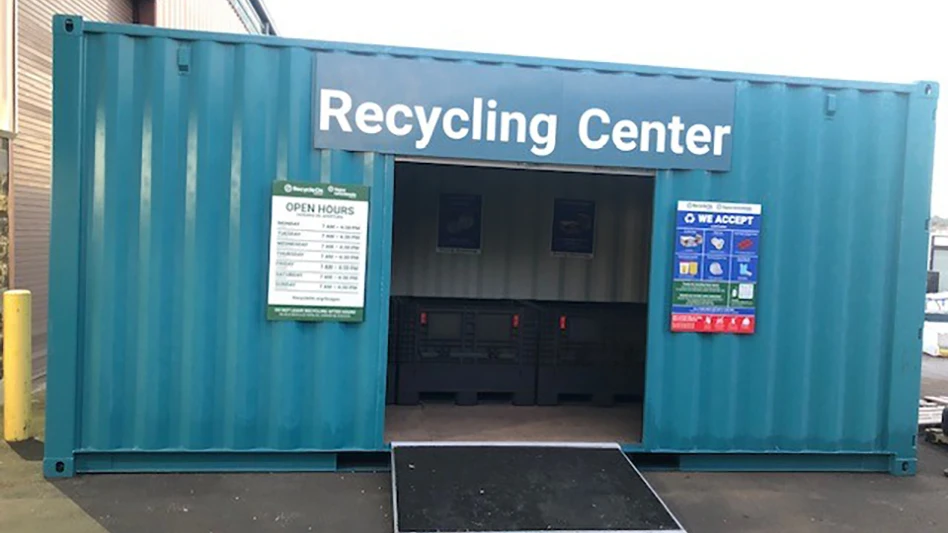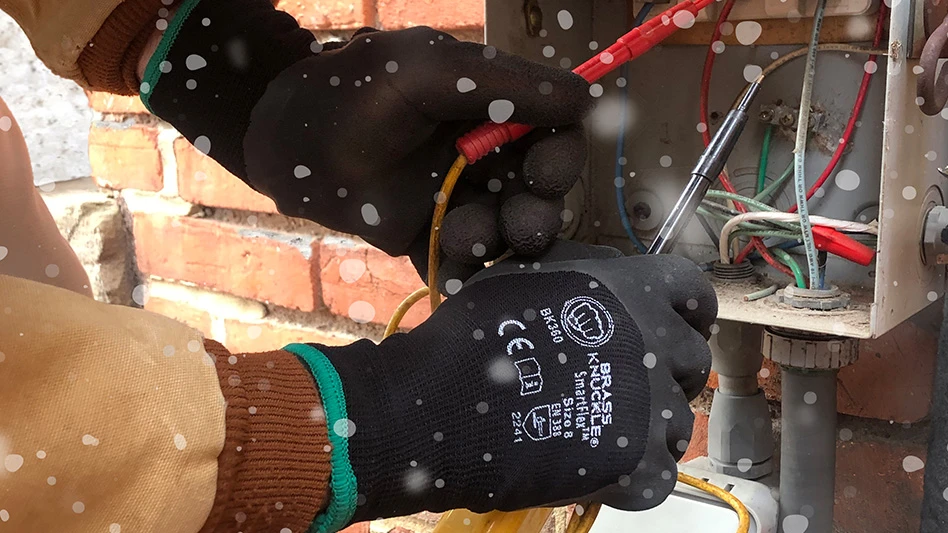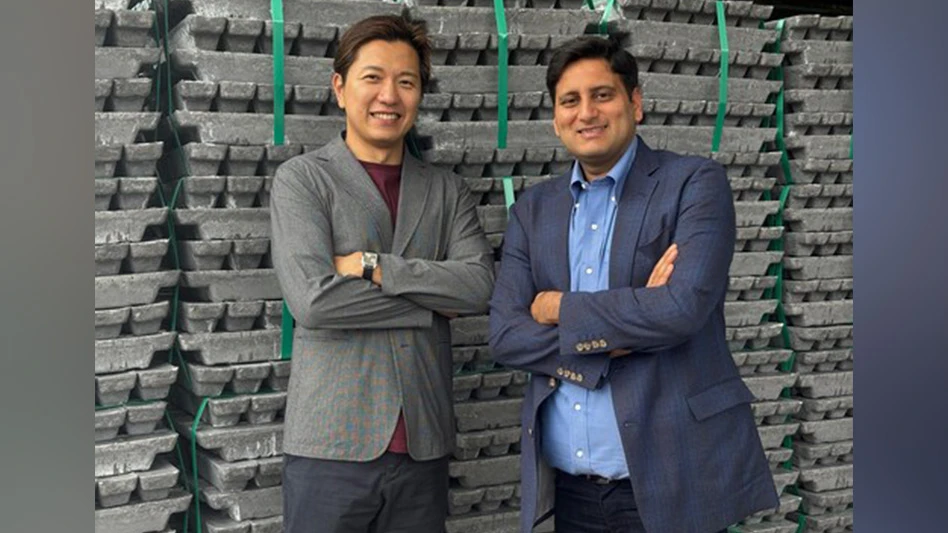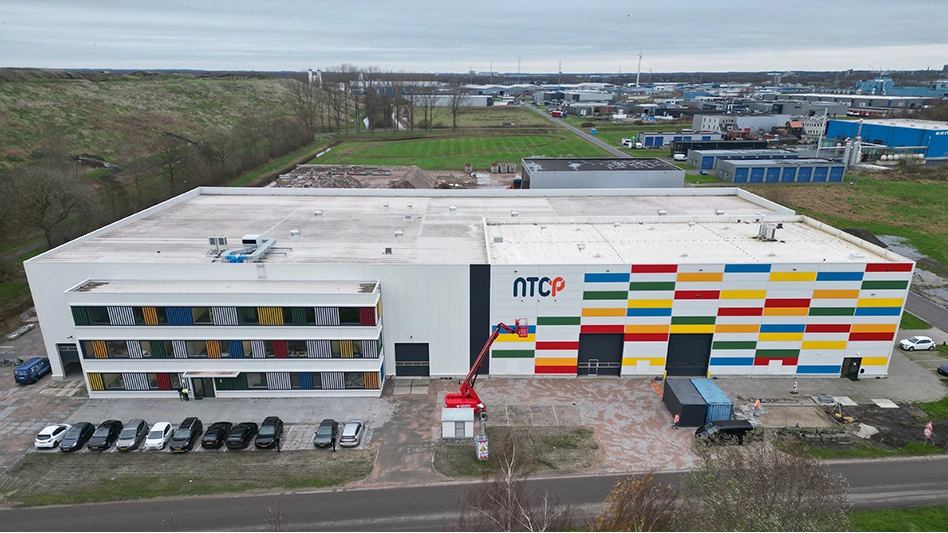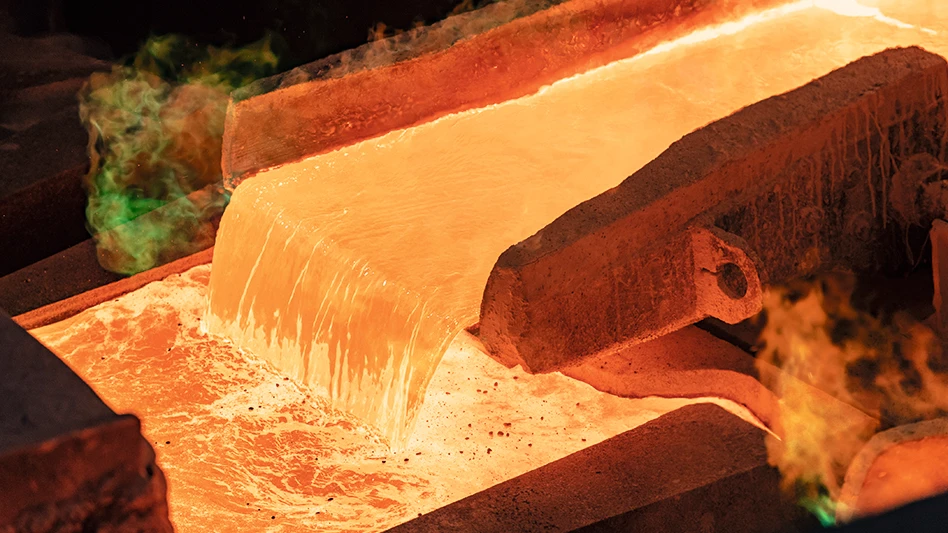 CVB Ecologistics, headquartered in Tilburg, the Netherlands, recently made the decision to upgrade the baling equipment at its Hinckley, U.K., subsidiary, which operates under the name Williams Recycling.
CVB Ecologistics, headquartered in Tilburg, the Netherlands, recently made the decision to upgrade the baling equipment at its Hinckley, U.K., subsidiary, which operates under the name Williams Recycling.
The family-owned paper and plastics recycling company, in business since 2000, is one of the largest paper recyclers in Europe and now operates four facilities in the Netherlands, five facilities in Belgium and Williams Recycling in the U.K., located in the English Midlands.
Founder Cees Van Berkel says the U.K. subsidiary is named for his wife, Sue Williams, who was born and raised in the area.
The company had acquired the small plastic recycling business in 2012 and subsequently built its recovered fibre operations “from scratch,” gaining industrial accounts from around the region in the two years the facility has been part of CVB Ecologistics. The company now serves customers located in a 150-mile area that stretches from London in the south to Birmingham in the west and to Northhampton in the east.
The company is currently working on a significant expansion at Williams Recycling with the construction of a much-needed larger building to replace three older ones. The new building is located on a different section of Williams’ five-acre site, and the three original structures will be demolished when the new one is completed.
The decision was made to build a fourth building on the property — rather than expansions — after the company had difficulty gaining permits from the city’s planning commission to build a larger building on the footprint of the older ones. A compromise was reached in early 2014 when the company was permitted to build a new 12,000-square-foot building on a different part of the site. The 10-metre-tall building will be higher than the 6-metre buildings Williams worked from before, but is still not as tall as CVB’s executive team would have liked to accommodate equipment and operations.
In the following Q&A, Van Berkel discusses how he and Purchasing Manager Wil van Dommelen selected the company’s newest baler and the various considerations they weighed.
Q: What baler did you select for the new facility and what were some of the deciding factors?
A: We bought a German Paal Konti 500 fully automatic shear press baler. This shear press baler is different from the prepress balers we have used in other facilities. This baler itself weighs around 40 tonnes, so it’s a bit lighter than the weight of a prepress baler.
One factor in selecting this baler was of course the price, which is lower in part because there is no prepress. Another factor is the fact that it will be a better fit for our 10-metre building. For this new building, we were restricted by the city’s planning commission with regard to the height. We would have liked to have a 12-metre-tall building, but that was not allowed by the planning commission. The maximum we could get was 10 metres, and to fit a prepress-style baler with the capacity we wanted would not have been easy.
In the past we have used Bollegraaf prepress balers which are known to be very high. Such a baler could still fit in this building but it would likely have been inconvenient to operate that type of equipment in a building this height.
We selected a Paal Konti 500 shear press baler which is a fully automatic, continuous baler. This baler offers a lower operating height since it doesn’t require a prepress above the channel, and it offers a capacity of 30 tonnes per hour.
Q: Is this baler different from others you have operated?
A: We have a lot of experience with Bollegraaf balers, but over the years all brands make changes and introduce new features. Technology advances, but not only with one company. Other companies experience improvements as well and adapt their processed equipment. We think it’s always necessary to look at new products and try out other brands.
Q: Will the shear press baler create differently sized bales than those you are used to from prepress style balers?
A: We’ve received a guarantee that this baler will do what we need it to do as far as density. The finished bale size will be the same as offered by our previous baler: 110 centimetres high by 110 centimetres wide and length around 150 centimetres. Each bale will weigh around one tonne (1000 kilograms).
Along with the baler we also purchased a large volume Lyndex shredder that can handle 30 tonnes per hour just like the baler. Therefore any paper or plastic that is not baled very easily with this baler can be shredded before it goes into the baler.
Q: Will you be installing any other equipment or special options?
A: Because we are baling plastics in this baler as well, we have decided to add a side wiring system that can place wire on both sides of the bales and secures the bales with 10 wires around the bale on both sides. That also guarantees that you will have a solid bale and reduces or removes the risk of wires breaking. Plastic expands enormously and you also have the risk that any expansion will cause the wires to break. With this side wiring system you have 10 wires, so there’s less risk or no risk that the wires will break.
Having the shredder should also help with baling, particularly since we don’t have a prepress on our baler. Some grades of plastic and paper are not easy to bale, particularly materials like Elopak (aseptic cartons) or containers with a polycoated surface on board. In that case we think it’s important that you shred the material first to get a good bale.
 Q: Were there any other considerations in choosing this baler?
Q: Were there any other considerations in choosing this baler?
A: The delivery time was another factor for choosing this baler. It is expected to be delivered in early February 2015, which is among the soonest delivery times we could get. The shredder will be delivered some time after that but we should be able to begin using our baler in February.
The fact that this baler also creates a bale size that is preferred by European mills was another factor for us. The European mills sometimes have problems with larger bale sizes, such as those made by American recyclers. In general the European mills use automatic wire cutters and the bales have to fit on their conveyor belts and they need to be moved into a certain position under the wire cutters. If the bales are too wide, they are too big for the conveyor belts and they won’t be lined up properly with the wire cutters. European paper mills will often refuse bales that are too wide.
The larger bales are no problem for export markets, but at the moment, shipments or exports from Europe to Asia are down. So we envision we will have to be more dependent on the local paper mills than export, which is another reason we selected this baler, which offers the typical European wiring system.
With this baler, we can easily send these bales for export to Asia and supply them to all continental mills as well. That was important, because every mill can take these bales.
Q: What type of service arrangements will be in place for this baler?
A: The only requirement we had was to have a servicing company nearby. Paal has a service representative in the U.K. that is only 40 miles from us. While the company’s head office is located in Germany, it is within 100 miles of our head office in the Netherlands. They were able to give us some guarantees that we will receive the same service support that we are used to from U.K.-based baler manufacturers.
Q: What type of baler have you been using in Hinckley, and how many balers does the company have in total?
A: The existing baler is a Bollegraaf HPC 60, with a prepress system and a capacity of 10 tonnes per hour.
We have a total of 12 existing balers, including the HPC 60. Two of our depots have two balers, and eight other depots have one baler each. These are mostly Bollegraaf HPC 120 and 140 models.
The managing editor can be reached at lmckenna@gie.net.
Latest from Recycling Today
- US Steel to restart Illinois blast furnace
- AISI, Aluminum Association cite USMCA triangular trading concerns
- Nucor names new president
- DOE rare earths funding is open to recyclers
- Design for Recycling Resolution introduced
- PetStar PET recycling plant expands
- Iron Bull addresses scrap handling needs with custom hoppers
- REgroup, CP Group to build advanced MRF in Nova Scotia
